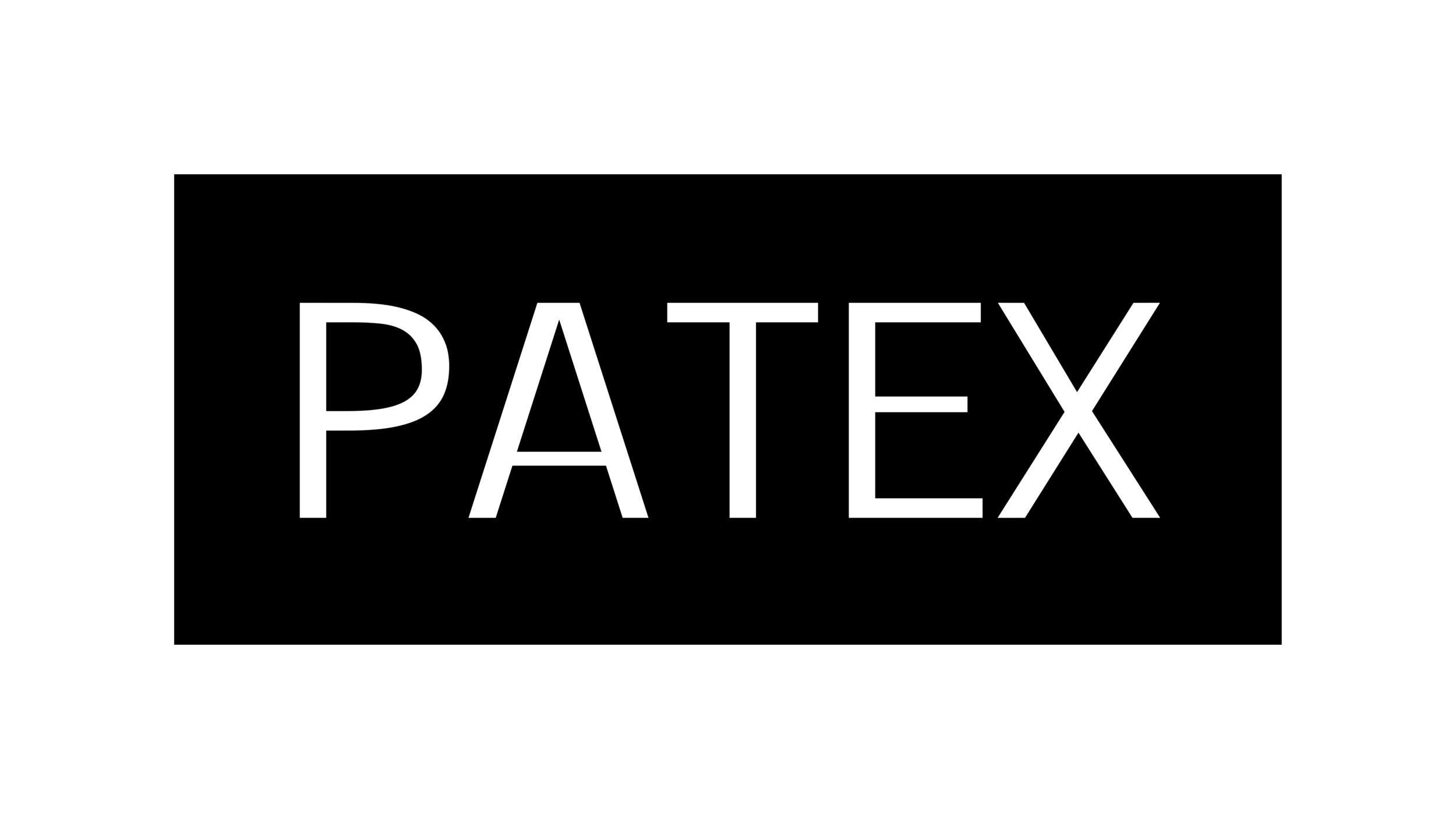Contents:
- 80% of patent information is never disclosed or published elsewhere.
- Patents contain a wealth of specific technical detail, research data, and drawings.
- 95% of Canadian patents and 40% of US patents granted to foreign nationals.
- Patents and patent applications often published earlier than academic papers.
- Canada has about 2.5 million and the USA over 5 Million granted patents representing 150 years of technology.
If you are an inventor, you should be aware of relevant prior art in your technology. If you are an entrepreneur, you should monitor your competitors' new products, and where they are patented. If you are involved in applied research, you need to review new and pending patents in your discipline.
Patents are the first place to look. Over 80% of the information contained in recent patent literature is not published elsewhere.
PATEX can help you:
PATEX searches can tailor information from the patent databases and from in-house resources to suit your needs and budget. Information provided varies from full-text US patents to abstracts and patent family detail of patents from the world's industrialized countries.
- Patentability searches discover if an invention is revealed in prior art patents.
- State-of-the-art searches are directed to the latest developments in a given technology.
- Inventor/Assignee searches reveal who holds what patents in which countries.
- Patent family searches find patents protecting the same invention across the world.
- Citation searches indicate recent patents citing older patents as prior art.
Tell us your problem and we will search using the most appropriate of the many computer databases covering international patent and technical literature. If we think there is a better way of answering your question, we will tell you so.
PATEX uses the best available on-line patent databases, on such services as DIALOG, ORBIT, and STN. These include:
- WORLD PATENT INDEX contains patent information from over 30 countries, totalling 12 million patent documents.
- INPADOC allows comprehensive coverage of 55 national and international Patent Offices regarding patent families.
- CLAIMS series of databases accesses 2.3 million U.S. patents since 1950.
- JAPIO retrieves English abstracts of published unexamined Japanese patents (Kokai) from 1976.
- Trademark search resources including Saegis, NUANS, and the TRADEMARKSCAN family of darabases facilitate searches of Canadian, U.S., British and European trademarks.
- LitAlert, Legal Status, CLAIMS REASSIGNMENT & REEXAMINATION and CLAIMS/CITATION reveal patent status, validity, legal actions, and citing patents.
PATEX can also access over 20 other subject databases containing patent literature, such as NTIS and Chemical Abstracts. In-house resources include patent data on CD-ROM from APS MicroPatent, the European Patent Office, and U.S. Patent & Trademark Office.
Overview of Patent Classification Systems
2,400,000 Canadian and over 9 million US patent documents.
Worldwide patent classification systems are in transition – The European Patent Office (EPO) and the United States Patent and Trademark Office (USPTO) are collaborating to produce The Cooperative Patent Classification (CPC), which is a refinement of ECLA, the European Classification system. ECLA is a more detailed version of the International Patent Classification System developed by WIPO, the World Intellectual Property Organization, a UN agency.
All these classifications are available to search on modern commercial search engines, including the USPC – a product of the USPTO. Specialty databases such as Chemical Abstracts have developed proprietary classifications for chemicals. JAPIO, Derwent, IFI and TULSA database vendors produced vocabulary structures and specialty tools for precision searches. All commercial search services provide full text searching, often with AI interfaces. Most allow searching in all four classification systems – IPC, CPC, ECLA and USPC.
And yet patent searching is seldom 100% accurate due to the human factor – very wide variability in application of the classification tools and interpretations of technical jargon. Creative patent agents invent special language and new terms when drafting patents which makes text searching inaccurate. So all the classifications have their language, philosophical and technology biases. A good researcher will know how and when to use them all.
Information about Patents
- WIPO Guide to Intellectual Property Worldwide
- WIPO Intellectual Property Handbook
- Legal resources and tools for surviving the patenting frenzy of the Internet, bioinformatics, and electronic commerce
- Disruptors vs. Predators: Leveraging Federal Resources to Mitigate Your Risk
- Invention Promotion Firms
Glossaries of Patenting Terms
